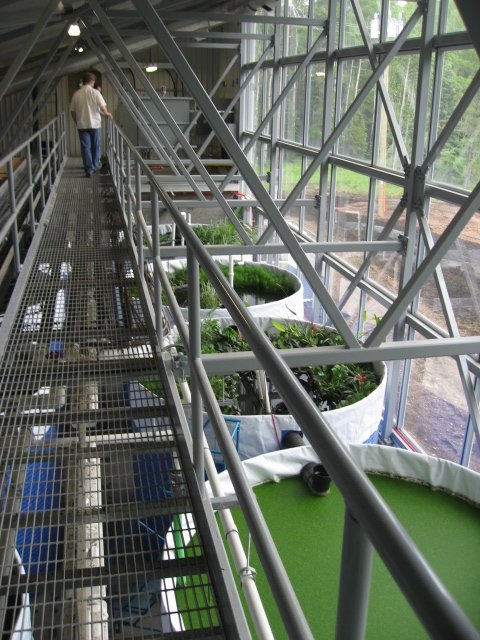Sustainable/Alternative Civil Design
Sustainable/Alternative Civil Design entails innovative approaches to wastewater treatment, emphasizing eco-friendliness and effectiveness.
What Is Sustainable/Alternative Civil Design?
These solutions, distinct from conventional septic systems, incorporate various technologies such as:
composting toilets
constructed wetlands
decentralized wastewater systems
reclaimed water treatment
Sustainable/Alternative Septic Solutions offer flexibility and adaptability, promoting community resilience. Composting toilets reduce water usage and produce valuable compost. Constructed wetlands use plants and microbes to filter and treat wastewater naturally.
Sustainable/Alternative Civil Design minimizes reliance on centralized infrastructure, contributing to resource conservation. Aerobic treatment units decompose organic matter, producing cleaner effluent.
By embracing Sustainable/Alternative Civil Design, communities can safeguard water quality and adopt more environmentally sustainable wastewater management practices.
Our Sustainable/Alternative Civil Design Specialties:
Alternative wastewater systems:
Sustainable/Alternative Civil Design refers to innovative methods for sewage treatment. Examples include septic systems, constructed wetlands, composting toilets, greywater systems, anaerobic digesters, and onsite treatment systems. These offer cost-effectiveness, environmental benefits, and sustainability, promoting a cleaner future.
Bioswale Storm Systems:
By integrating bioswale storm systems using innovative storm water treatment methods from potential contaminate run off, we enhance the sustainability of our urban environments. Bioswale storm systems, alongside Sustainable/Alternative Civil Design, harmonize water management with ecological conservation, creating resilient, vibrant communities. Through the synergy of these approaches, we not only mitigate environmental impact but also foster a greener, healthier future for generations to come.
Rainwater Harvesting:
Rainwater harvesting is a sustainable solution that offers numerous benefits. By collecting and storing rainwater, it reduces reliance on traditional water sources, conserves freshwater, and mitigates flooding and soil erosion. Sustainable/Alternative Civil Design, alongside rainwater harvesting, promotes water conservation and resilience to climate change. This practice not only supports self-sufficiency but also contributes to a greener, more sustainable future.
Reclaimed Water Use:
Reclaimed water use involves treating wastewater to a high standard for safe reuse. It's a sustainable practice that conserves fresh water and reduces strain on traditional water sources. Sustainable/Alternative Civil Design, in conjunction with reclaimed water use, promotes efficient water management and supports environmental sustainability.
LEED Consulting:
We guide projects through the certification process of the Leadership in Energy and Environmental Design (LEED) program. We provide expertise in sustainable building practices, including alternative septic solutions, to help clients achieve their sustainability goals efficiently. We offer services such as project management, green building strategies, documentation assistance, credit optimization, and performance monitoring, all geared toward achieving LEED certification.
Water Efficient Design:
Water-efficient design integrates sustainable and alternative septic solutions to minimize water usage in buildings and landscapes. It involves installing low-flow fixtures, using water-efficient appliances, implementing greywater systems, harvesting rainwater, choosing native plants for landscaping, employing efficient irrigation methods, and using permeable surfaces. This approach conserves water, reduces costs, and promotes sustainable water management practices.
Why You Should Choose Sustainable/Alternative Civil Design:
Preserve the environment by reducing contamination and runoff.
Conserve water through on-site treatment and reuse.
Save costs over time by cutting water bills and maintenance expenses.
Improve public health by preventing waterborne diseases.
Offer flexibility in design to fit various conditions.
Provide regulatory benefits and incentives in some regions.

